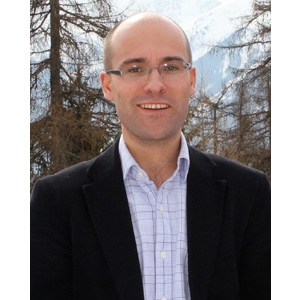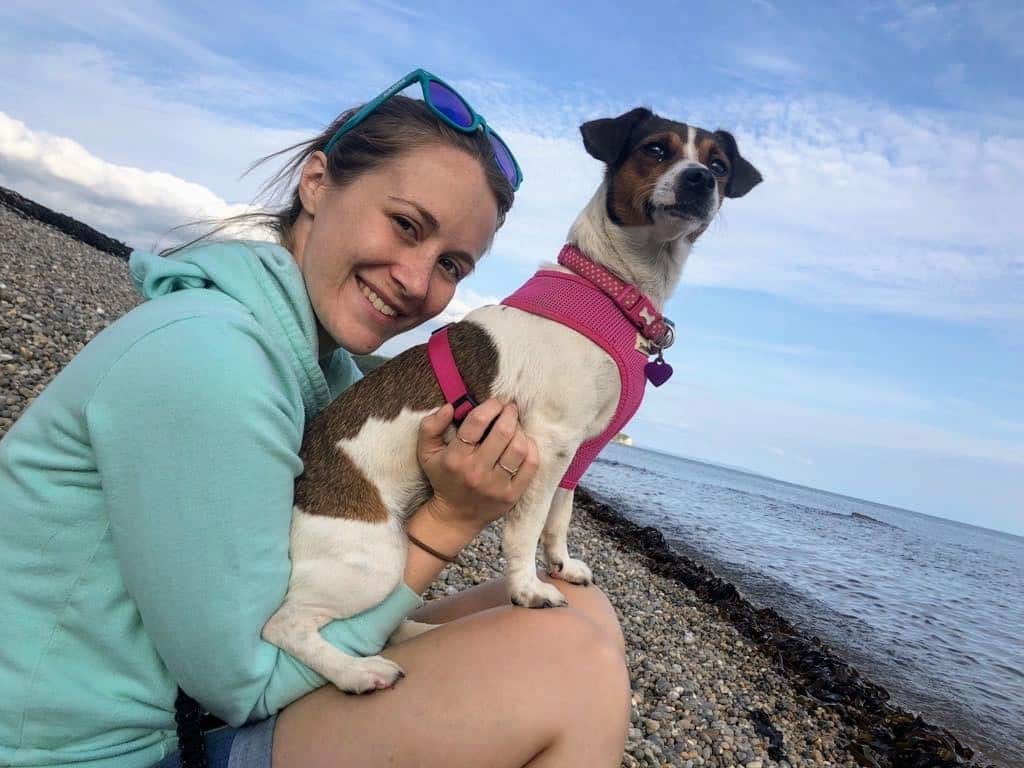An ambitious plan to turn London into a ‘powerhouse’ of cancer research has been launched, backed with £14m ($18m) in funding from medical charity Cancer Research UK.
At the heart of the plans is the creation of a coalition of London’s top research centres – including UCL, King’s College London, Queen Mary University of London and the Francis Crick Institute – bringing together researchers who will collaborate on cancer biotherapeutics including immunotherapies such as CAR-T.
This is the first time that these leading London institutions have partnered to tackle cancer on such a large scale, says CRUK, with experts from the institutions pooling their resources in areas such as imaging, clinical trials and tumour evolution.
Called the CRUK City of London Centre, the initiative will focus on three research programmes that the charity hopes will attract “millions in capital investment” and boost the biotech economy in the capital “as new companies are formed, and industry partners move in to translate the most promising discoveries into marketable therapies.”
There’s an added benefit for Londoners as well, as the 14m people living in the areas covered by UCL and King’s could find it easier to find and take part in clinical trials. A broad range of cancer types will be covered by the R&D unit but there will be particular attention paid to hard-to-treat tumours like those affecting the brain and lung, as well as childhood cancers.
The first research programme is aimed at discovering and developing new biologic cancer drugs, with an emphasis on the tumour microenvironment (TME) – i.e. the blood vessels and cells surrounding a cancer – and finding ways to boost immune responses to malignant cells. A key project will be investigating the impact of cancer progression on the immune system, says CRUK.
Programme two will use imaging techniques to see how biologic treatments, such as cell therapy, can be combined with other methods to improve efficacy. Imaging can also be used to identify patients with drug resistant disease and adapt their treatment accordingly, as well as to limit side effects in children with cancer.
The third programme will focus on the evolution of cancer and how targeted biotherapies can be used to overcome rapid changes in tumour genetic, once again with an emphasis on the TME.

CRUK’s Professor Charles Swanton
“We believe that, in the future, the biotherapeutics field will transform cancer care,” said CRUK’s chief clinician Prof Charles Swanton. “However, there are several research challenges still to tackle.
“We need to understand why some patients respond to these new treatments while others don’t, and how to identify which patients might experience harmful side effects. Most importantly, we need to optimise their activity to offer more patients access to these therapies who may benefit.”
The centre lies at the base of the UK’s often-cited Golden Triangle that extends out to Oxford and Cambridge, where a large proportion of the UK’s biotech research and industry, ranging from big pharma companies to small start-ups, is located.
It’s another string to the UK’s bow as it bids to retain its position as Europe’s leading biotech cluster, despite the looming disruption of Brexit. The UK topped its European neighbours with the highest levels of venture capital funding, the most initial public offering (IPOs) and greatest number of drug candidates in the pipeline in 2017.
CASE STUDY
Tanya Hill, 27, from Bedfordshire was diagnosed with B cell Acute Lymphoblastic Leukaemia (ALL) when she was 25. She underwent a stem cell transplant but unfortunately her leukaemia did not respond. Tanya was then recruited onto the CARD trial, a clinical study of Chimeric Antigen Receptor (CAR) T cells to target ALL, led by experts at UCL and UCLH. Tanya received CAR T cells- immune cells that are genetically modified to recognise a particular protein on cancer cells and attack them. These CAR-T cells were generated using a donation from her brother who was also her original stem cell donor.
I was diagnosed with B cell Acute Lymphoblastic Leukaemia five days after my 25th birthday. I was very lucky – I’d had no symptoms, but I was having regular blood tests because of medication I was on for another condition and it was one of those blood tests which first picked up the cancer cells.
“I started having chemotherapy at Addenbrookes in Cambridge, but that didn’t work so I had a stem cell transplant. Luckily one of my brothers was a 100% match so we were optimistic, but unfortunately that didn’t work either.
“My consultant put me on Inotuzumab and I went into remission after the second or third round. Once I’d been told I was clear of cancer my medical team started looking for a trial I could go on to in the hope that more treatment would keep me in remission. My consultant got in touch with ULCH about the CARD trial and I went down to London in September 2017 to start treatment.
“The original chemo made me feel much worse than the trial treatment. It didn’t hit me straight away and as I’d not felt at all ill from the leukaemia before I started chemo I thought I was going to sail through. Then before I had the stem cell transplant I had full body radiation twice a day for four days and I’ve never felt as ill as I did then. Up until that point I’d been trying to keep everything as normal as possible but by the fourth day I couldn’t walk and I needed a wheelchair to get me down to the radiotherapy department.
“When I was finally told I was in remission after taking Inotuzumab I could hardly believe it, but although the drug is good at getting you into remission, it doesn’t always keep you there so I was very keen to go on a trial to stop the cancer coming back.
“When I was offered the chance of going on the CARD trial I wasn’t too worried about potential risks. The first time I went to ULCH I travelled up with my fiancé and brother who was going to donate some more cells. The consultant explained what was going to happen and the science behind the treatment and I had the chance to ask questions.
“The treatment itself was rather underwhelming. My brother went in to have his cells taken – it was only a tiny bag and it all took only a few minutes. I was put up in accommodation just around the corner from the hospital for 8 days and it felt a little bit like a holiday. I had to go into ULCH every day and had lots of blood tests, but I didn’t really have any side-effects apart from feeling very tired – it all went very smoothly.
“I’m still in remission – every three months I have a small dose of methotrexate into my spine to protect my brain in case the cancer comes back, and I have bone marrow tests too. I’ve still got two more batches of frozen cells which are ready and waiting for me if I do get ill again which is a very comforting thought.
“I’ve got plenty of things to look forward to – I’m getting married next year and we’re planning to go to Thailand to volunteer at an elephant sanctuary and to Australia to help with a marine conservation project on the Great Barrier Reef.
“Apart from having to go to hospital every three months I’m completely back to normal – I go out every day, I go to the gym, I’m working. I feel amazing now – it’s as if I was watching a movie about someone else and it didn’t really happen to me.





